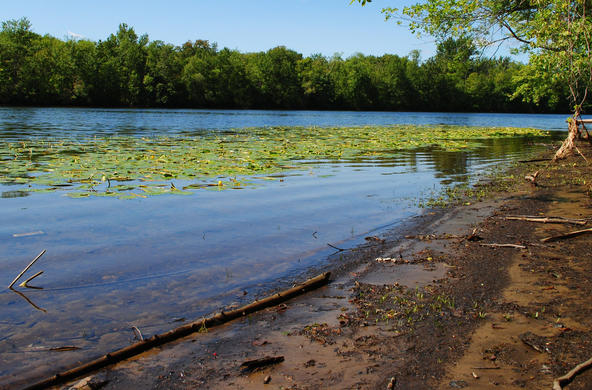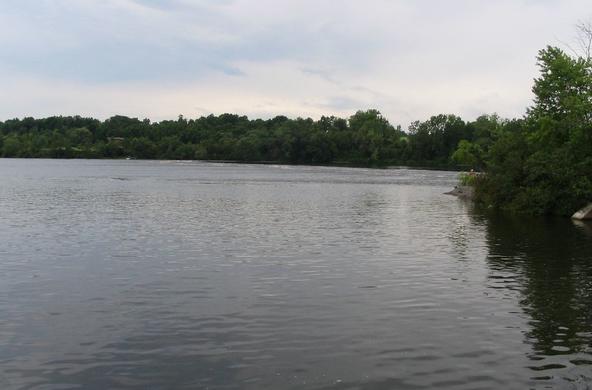On Tuesday, a new high-tech environmental monitoring station was unveiled on the banks of the Hudson River.
Located at Marist College, the new station will continuously monitor water quality and automatically collect samples for the assessment of toxins and pharmaceuticals. It is part of a network of 15 monitoring stations called the Hudson River Environmental Conditions Observing System, or HRECOS (www.hrecos.org), that provide round-the-clock data on conditions in the Hudson River, from Albany to the New York Harbor. These stations include a mobile station on the Clearwater Sloop.
Every 15 minutes, data on a range of variables — such as temperature, salinity and pH — are collected by the monitoring stations. By keeping a pulse on the health of the Hudson River, HRECOS informs flood risk, pollution cleanup, Department of Environmental Conservation permitting, restoration efforts and fisheries management.
The Poughkeepsie station was built in partnership with the U.S. Geological Survey, the New York State Department of Conservation, the Cary Institute of Ecosystem Studies and Marist College. Funding for the new station was made possible through the Environmental Protection Agency.
The U.S. Geological Survey will begin using the station to monitor sediment, nutrient and pesticide conditions in the Hudson River. The New York State Department of Environmental Conservation will also be relying on data from the station in its assessments of the state's water quality.
"The HRECOS partnership has helped make the Hudson River one of the most understood rivers in the world," said New York State Department of Environmental Conservation Hudson River Estuary Coordinator Fran Dunwell, who spoke at the unveiling. "Data it provides are essential to tracking the river's recovery and ensuring current management practices preserve and protect the Hudson, now and for future generations."
Stuart E.G. Findlay, an aquatic ecologist at the Cary Institute and a HRECOS partner, described the capabilities of the new station.
"By allowing remote sampling, the new station allows unprecedented access to the river," Findlay said. "We can track how extreme weather influences waste-water discharge, the presence of pharmaceutical pollution and toxins that adhere to sediments."
"Marist is excited to be a partner in the HRECOS effort to understand the Hudson River," said Marist College Executive Vice President Geoffrey L. Brackett, of the college's partnership in the project. "Technology used will be infused in our course offerings that strive to train tomorrow's scientists and resource managers."






